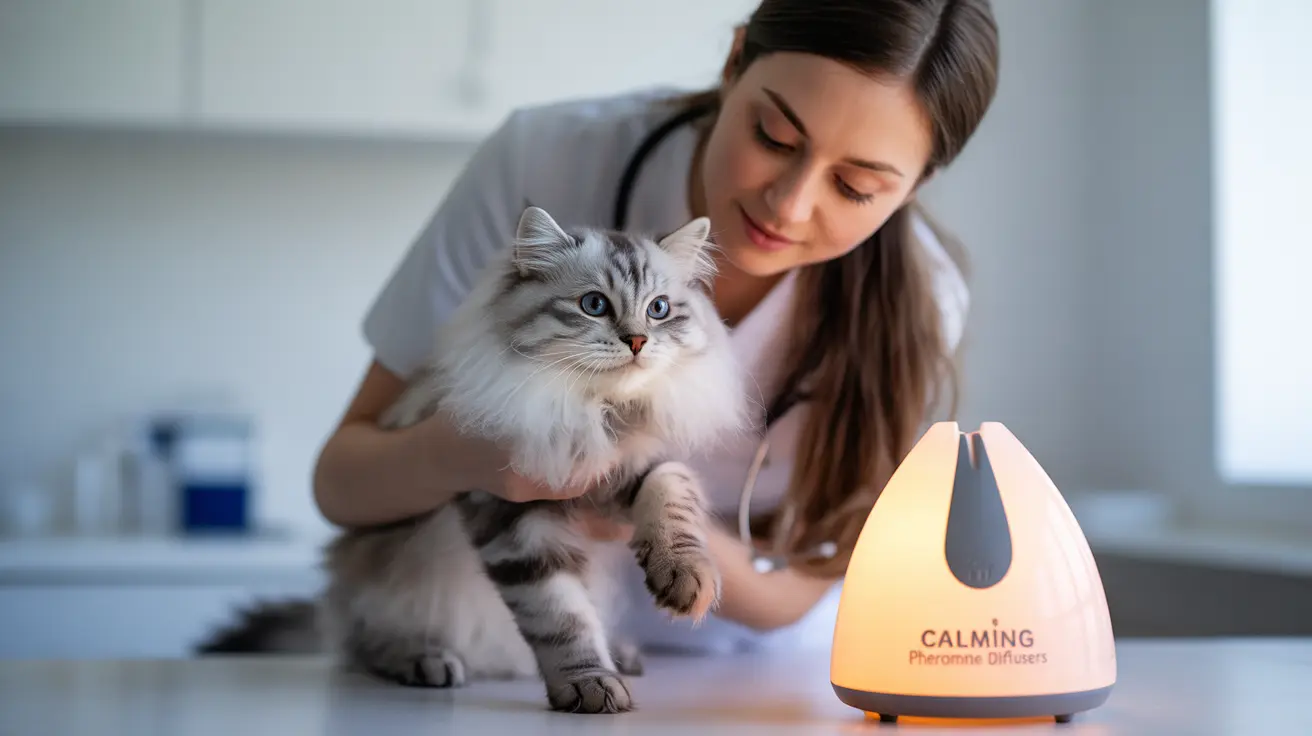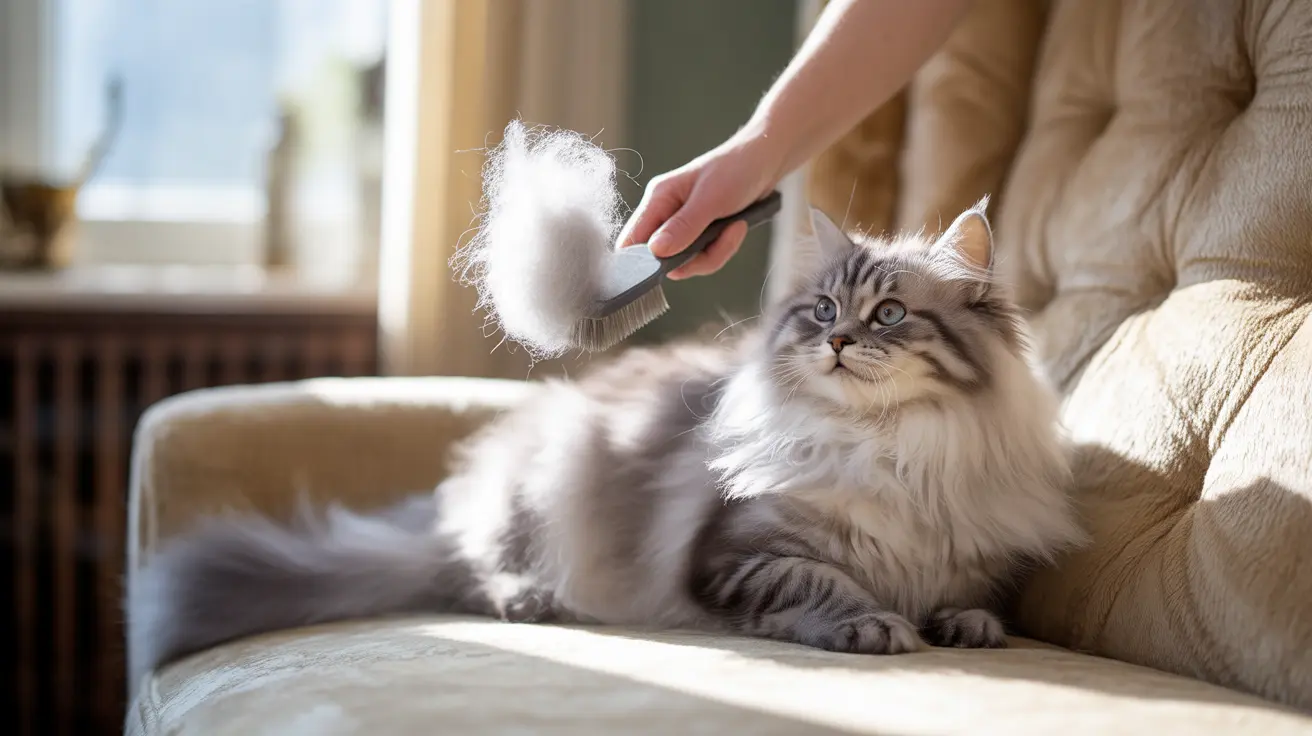Walking into a veterinary clinic can be an overwhelming experience for pets. As a trusted veterinary professional, Dr. Tripp understands the importance of creating a calm, welcoming environment that helps reduce fear and anxiety in our furry patients.
In this comprehensive guide, we'll explore Dr. Tripp's proven methods for making veterinary visits less stressful, from environmental modifications to behavior techniques that help pets feel more comfortable during their medical care.
Creating a Fear-Free Environment at Dr. Tripp's Clinic
Dr. Tripp's veterinary practice implements several key environmental modifications designed to reduce stress from the moment pets enter the clinic. The waiting area features separate spaces for dogs and cats, with elevated platforms for carriers and calming pheromone diffusers throughout the facility.
The clinic maintains a quiet atmosphere with sound-dampening materials and careful attention to noise control. Staff members speak in soft, gentle tones and avoid sudden movements that might startle nervous patients.
Dr. Tripp's Approach to Low-Stress Handling
Understanding that each pet has unique needs, Dr. Tripp and the clinical team employ gentle handling techniques that prioritize patient comfort. This includes minimal restraint methods, allowing pets to become comfortable with their surroundings before examination, and using treats and positive reinforcement throughout the visit.
For particularly anxious pets, examinations may be conducted on the floor or in areas where the animal feels most secure. The team also uses specialized equipment designed for comfort, such as non-slip examination surfaces and comfort mats.
Behavioral Modification Strategies
Dr. Tripp advocates for proactive behavioral modification to help pets develop positive associations with veterinary visits. This includes encouraging "happy visits" where pets can come to the clinic just for treats and attention, without any medical procedures.
The clinic also provides guidance for at-home preparation, teaching owners how to desensitize their pets to common veterinary handling procedures and travel carriers.
Medical Support for Anxious Patients
When necessary, Dr. Tripp may recommend appropriate anti-anxiety medications or supplements to help extremely fearful pets cope with veterinary visits. These interventions are always tailored to the individual patient's needs and medical history.
The clinic also utilizes species-specific pheromone therapy and natural calming aids as part of their comprehensive approach to stress reduction.
Frequently Asked Questions
How can Dr. Tripp's veterinary clinic help reduce my pet's fear and anxiety during visits?
Dr. Tripp's clinic employs a comprehensive approach including environmental modifications, gentle handling techniques, and positive reinforcement to create a calm, welcoming atmosphere for all patients.
What low-stress handling techniques does Dr. Tripp recommend for nervous pets at the vet?
Dr. Tripp uses minimal restraint, allows pets to acclimate to their surroundings, and incorporates treats and positive reinforcement throughout examinations. Pets may be examined in comfortable positions or locations where they feel most secure.
Are there environmental changes at Dr. Tripp's clinic that make vet visits less stressful for dogs and cats?
Yes, the clinic features separate waiting areas for dogs and cats, elevated carrier platforms, pheromone therapy, noise control measures, and non-slip examination surfaces to enhance patient comfort.
What behavior modification strategies does Dr. Tripp suggest to prepare pets for a calm veterinary experience?
Dr. Tripp recommends "happy visits" to build positive associations, at-home desensitization training, and gradual exposure to handling procedures. The clinic provides guidance for owners on preparing their pets for successful visits.
Does Dr. Tripp use medications or pheromone therapies to ease anxiety in fearful pets during exams?
Yes, when appropriate, Dr. Tripp may prescribe anti-anxiety medications or recommend pheromone therapy as part of a comprehensive approach to managing fear and anxiety during veterinary visits.
Conclusion
Through a combination of thoughtful clinic design, gentle handling techniques, and individualized care plans, Dr. Tripp's veterinary practice continues to set the standard for fear-free veterinary care. By prioritizing patient comfort and working closely with pet owners, the team helps ensure that every visit is as stress-free as possible.






